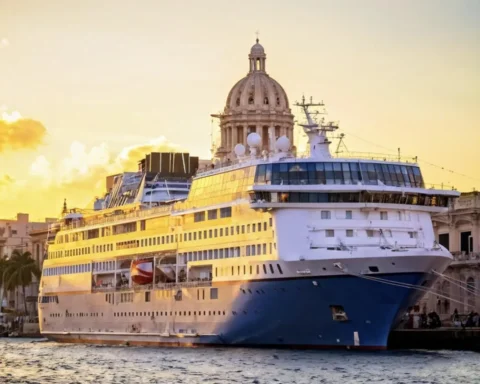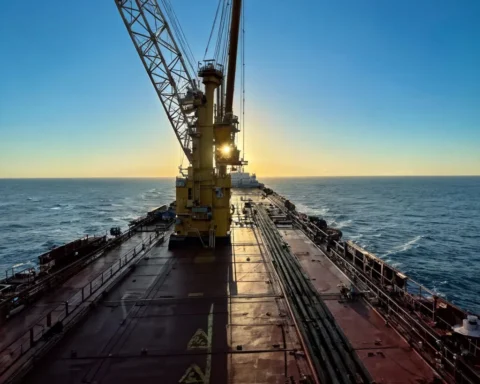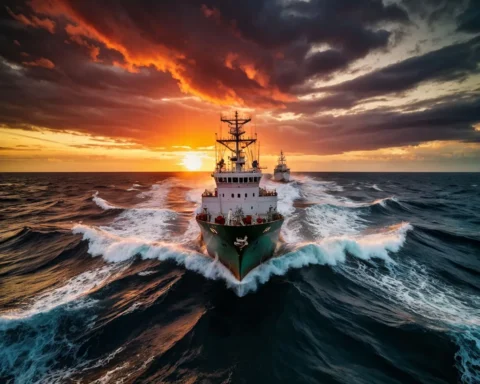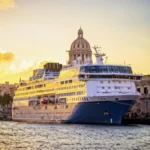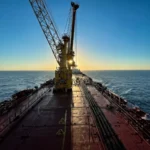The primary reason Royal Caribbean doesn’t offer cruises to Cuba
is due to the complex and changing political relationship between the United States and Cuba.
Here’s a breakdown of the key factors:
US Embargo: For decades, the United States has maintained an embargo against Cuba, restricting trade, travel, and financial transactions. This has significantly limited the ability of US-based companies, like Royal Caribbean, to operate there.
Cruise Restrictions: In 2019, the Trump administration imposed further restrictions on cruise travel to Cuba, effectively ending these sailings for US citizens. This abrupt policy change forced cruise lines to quickly modify their itineraries.
Ship Size Limitations: Cuba’s port infrastructure has limitations on the size of ships that can dock. Many of Royal Caribbean’s larger vessels wouldn’t be suitable for Cuban ports.
Economic Factors: The Cuban economy has faced challenges, which might impact the overall attractiveness of the destination for cruise lines.
Ship Size Limitations: A Double-Edged Sword
Beyond political hurdles, the infrastructure of Cuban ports poses a significant challenge. Havana and Santiago, two of Cuba’s most popular potential cruise destinations, have limitations on the size of vessels they can accommodate.
- Havana Port: Known for its historic charm, Havana’s port infrastructure can typically handle ships with a maximum passenger capacity of around 2,000 to 3,000. This size limitation excludes many of Royal Caribbean’s Oasis and Quantum class ships, which boast passenger capacities well above this range.
- Santiago Port: Located in eastern Cuba, Santiago’s port facilities are generally smaller than Havana’s. The maximum ship size suitable for this port is even more restrictive, likely accommodating vessels with a passenger capacity of under 2,000.
A Potential Path Forward: Lifting the Embargo
Should the US embargo on Cuba be lifted, Royal Caribbean would undoubtedly be keen to explore opportunities in this burgeoning cruise market. While the infrastructure challenges remain, the line could strategically deploy smaller ships to cater to the Cuban ports.
- Ideal Ship Sizes: For Havana, ships with a passenger capacity of 2,000 to 3,000 would be optimal. This would encompass many of Royal Caribbean’s Voyager and Freedom-class vessels. For Santiago, smaller ships from the Radiance or Vision class, with capacities around 1,800 to 2,000 passengers, would be more suitable.
- Developing the Cuban Cruise Market: To maximize the potential of the Cuban market, Royal Caribbean could invest in port infrastructure development in collaboration with the Cuban government. Expanding the capacity of Havana and Santiago ports, as well as developing new cruise terminals, would be essential steps. Additionally, the cruise line could focus on immersive cultural experiences, showcasing Cuba’s rich history and vibrant music scene. Partnering with local businesses and communities would also be crucial for creating a sustainable and mutually beneficial tourism model.
Estimating Ship Size Limitations
While we cannot provide a precise deadweight limit, we can offer some general estimates based on available information:
- Smaller Cruise Ships: Based on historical data and information from other Caribbean ports with similar limitations, it’s likely that cruise ships with a deadweight of around 50,000 to 60,000 tons could potentially navigate the Havana channel, depending on other dimensions and specific channel conditions.
- Larger Cruise Ships: Royal Caribbean’s Oasis and Quantum class ships, which typically have deadweights exceeding 100,000 tons, would almost certainly be too large for the Havana channel.
In conclusion, while the political climate remains a primary deterrent, the potential for Royal Caribbean to operate cruises to Cuba is undeniable. By aligning ship size with port capabilities and investing in infrastructure development, the cruise line could position itself as a key player in Cuba’s growing tourism industry.

